One thing about TEIN dampers is that they’re definitely not know for being able to slam all cars down to the ground. There are several exceptions based on the factory suspension design. But, for the most part, we don’t really design our suspensions to do crazy types of ride height drops. For one, super low ride heights don’t really improve performance. In fact, it can hamper your performance, lead to increased uneven tire wear, and cause other suspension components to fail or wear prematurely.
Why is this?
One factor that we must take into consideration is that the vehicle manufacturer designed their vehicles with a specific intent or use. If, for example, Honda decided to make their Accord into a Super Touring race car available to the public (WHICH I WOULD WANT), chances are, they wouldn’t be marketing the car to the young family type demographic. Also, there’s a huge chance that this Super Touring race car bares very little resemblance when it comes to the suspension layout, among other things. Control arms will be different in length and position relative to the mounting point. For that matter, mounting points will differ. Take a good look at the details and you will find that one of our off-the-shelf damper kits will not work in a Super Touring race car.
To get your street car to have that type of “stance” would require tons of modifications other than the dampers and springs. You’d have to do tons more work to get the suspension and wheel geometry correct for such low ride heights that a race car achieves. Not impossible, just a lot of work.
Suspension geometry is set from the factory at a specific ride height per vehicle. When you alter the ride height, the geometry is, in turn, affected. Camber has always been a topic of discussion as many people will experience a gain in negative Camber. However, some suspension designs have the opposite affect, adding positive Camber. Also, areas like Toe and Caster are also affected. Bump steer can also be a very big factor when lowering a car’s factory suspension ride height settings.
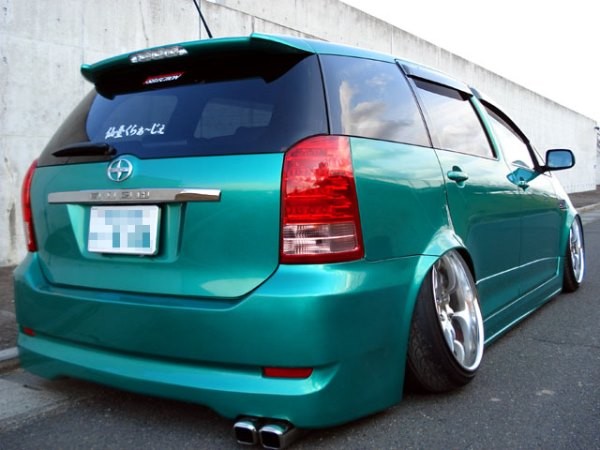
Here’s an extreme case of negative camber in the rear. Essentially it will seem like the top of the wheel is aiming towards the center line of the car.
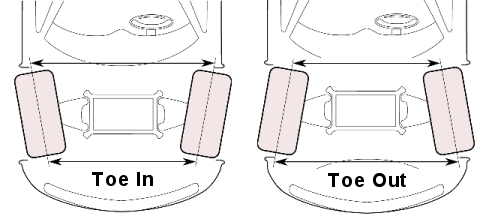
Toe affects the car’s responsiveness when steering, but can also affect the stability of the car in a straight line. Many people will err on the side of toe-in, however each type of toe setting has its advantages and disadvantages.

Caster setting also has a positive and negative setting. More positive caster has better return to neutral steering as well as a form of camber gain for the outside wheel when turning, increasing the contact patch of the tire to the pavement. Negative caster provides easier turn-in at slow speeds.
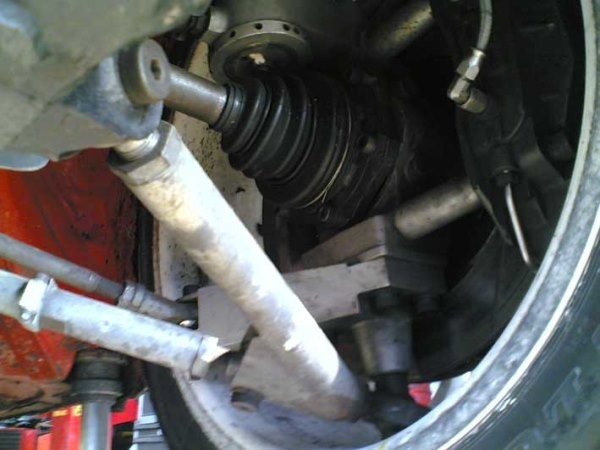
The lower control arm on this Ford Mondeo for BTCC is completely adjustable using heim jointed ends, and you can see it has a modified roll center. This is to correct alignment geometry at the low ride heights it is expected to run.
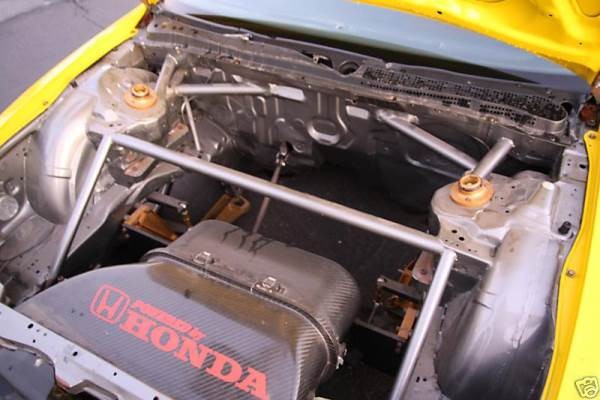
This engine bay of an Accord Touring Car may only look partially modified with some steel tubing, but you can see the lower part of the suspension and how it is modified.
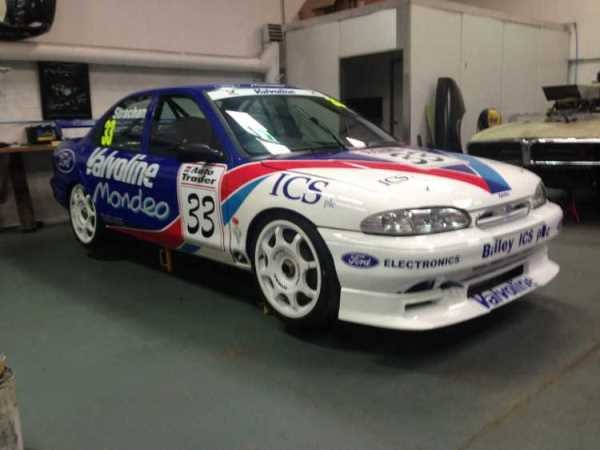
Notice how little droop there is from the wheel? The suspension on Touring Cars is incredibly stiff and have very little stroke travel. Street cars have much more suspension travel in comparison. For a race car with limited stroke travel, that means less variation in wheel alignment and greater predictability when driving.
This is why we have our limitations when creating a damper kit. Yes, we know that you want to have your car look good and low. TEIN USA Operations Manager, Sergio (a.k.a. “Gonzo”, a.k.a. “Monster Tuck”) knows this. He goes well beyond what we consider to be safe for daily driving in terms of ride height.
Not every application is the same. Some suspension designs can do well with an extremely low ride height. Others…. not so much. Take a look at our suspension offerings for the Honda S2000, Nissan 350z. Those don’t have a wide range of ride height adjustment, and that’s due to their sports car type suspension geometry.
Cars like the DC chassis Acura Integra or EJ6 Honda Civic have a very forgiving suspension geometry, and our suspension kits for these applications have exactly that- a big adjustment range.
But again, why? Why don’t we just make kits that slam cars down to the ground?
Again, to safely lower a car is one very important factor. However, if there’s no performance gain from a super low ride height, then forget it. We won’t make it. After all, TEIN’s main goal is “Driving Pleasure”. It’s what we strive for and what we know our customers expect. We wouldn’t want to sell you a kit that makes your wheels rub up against the fender lining, produce extreme negative camber, or cause any other major problems where driveability suffers.
